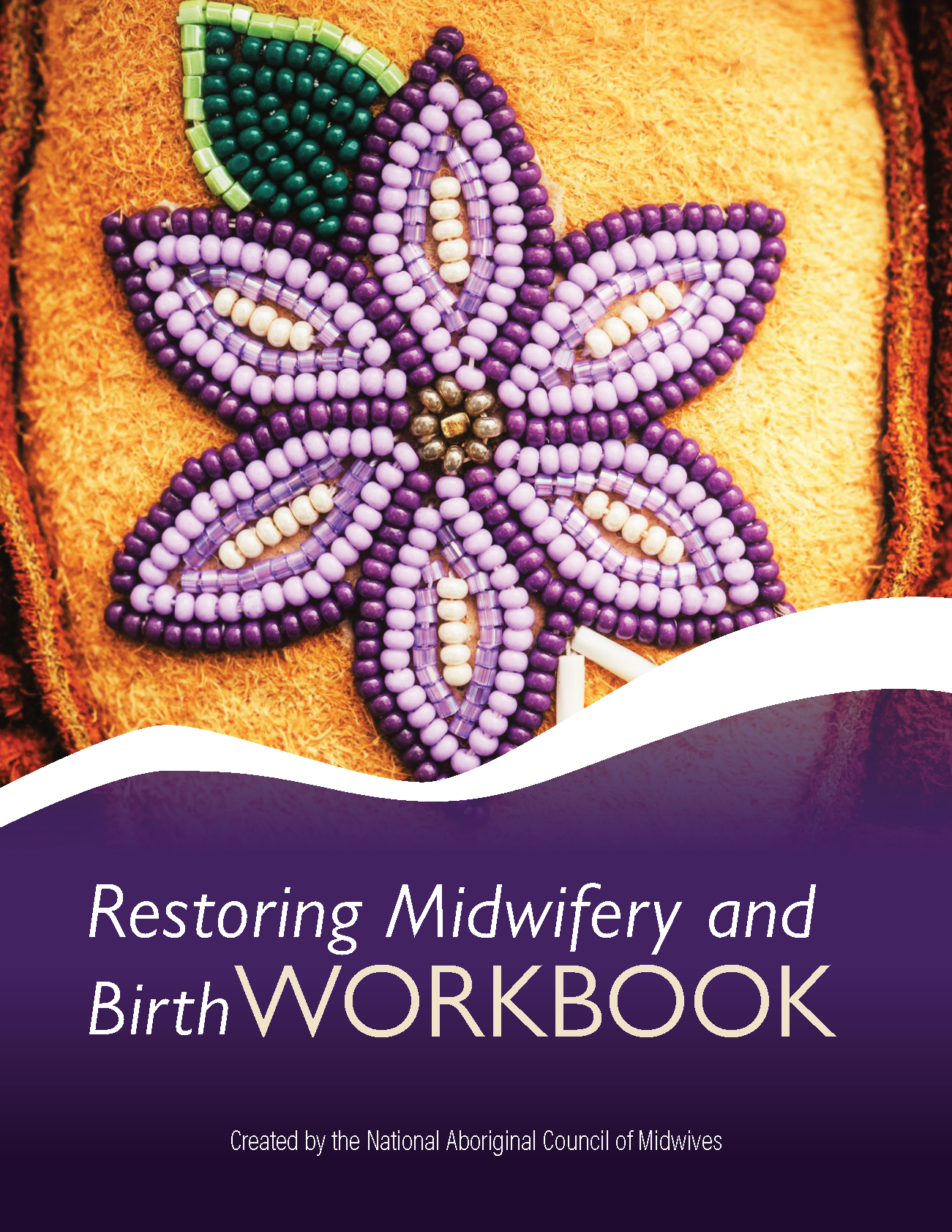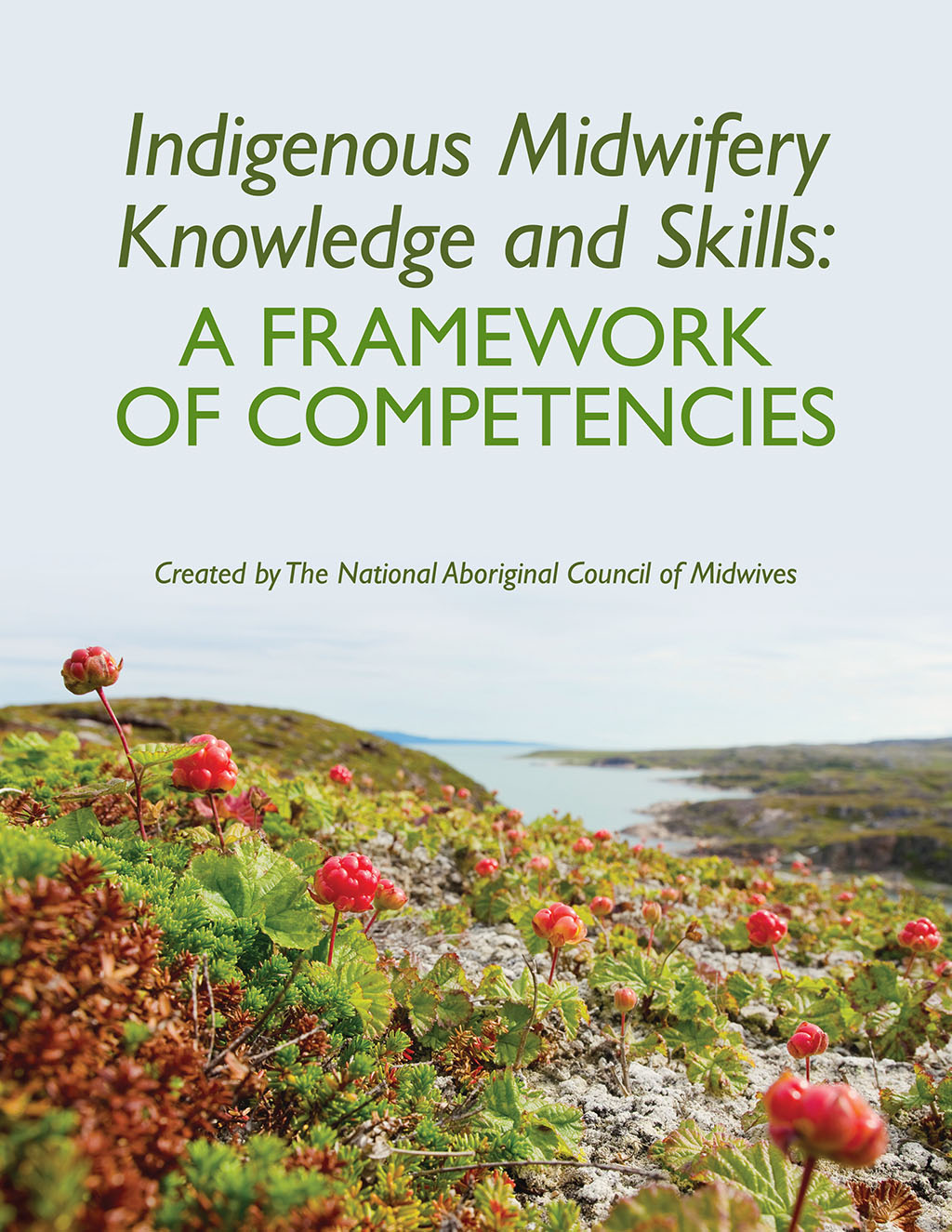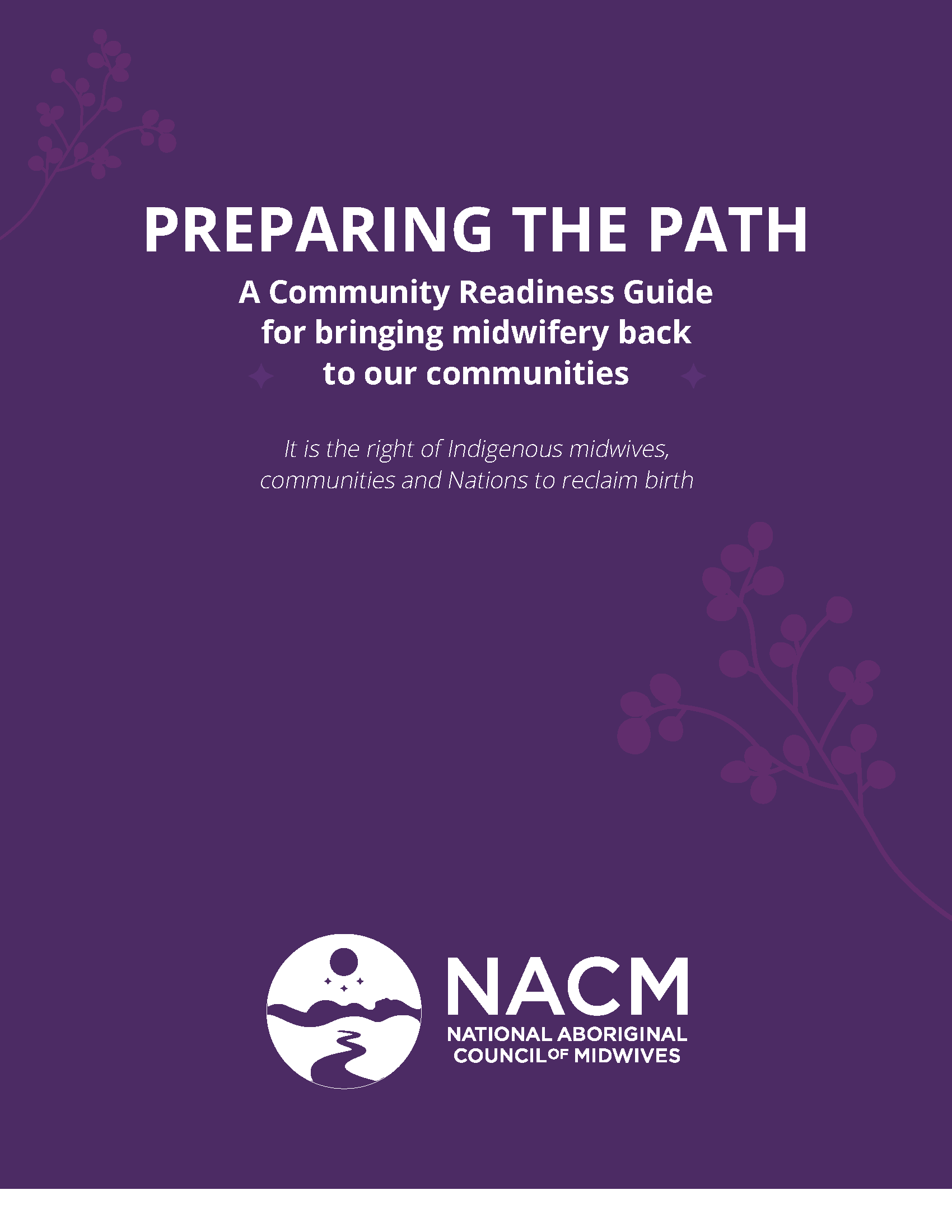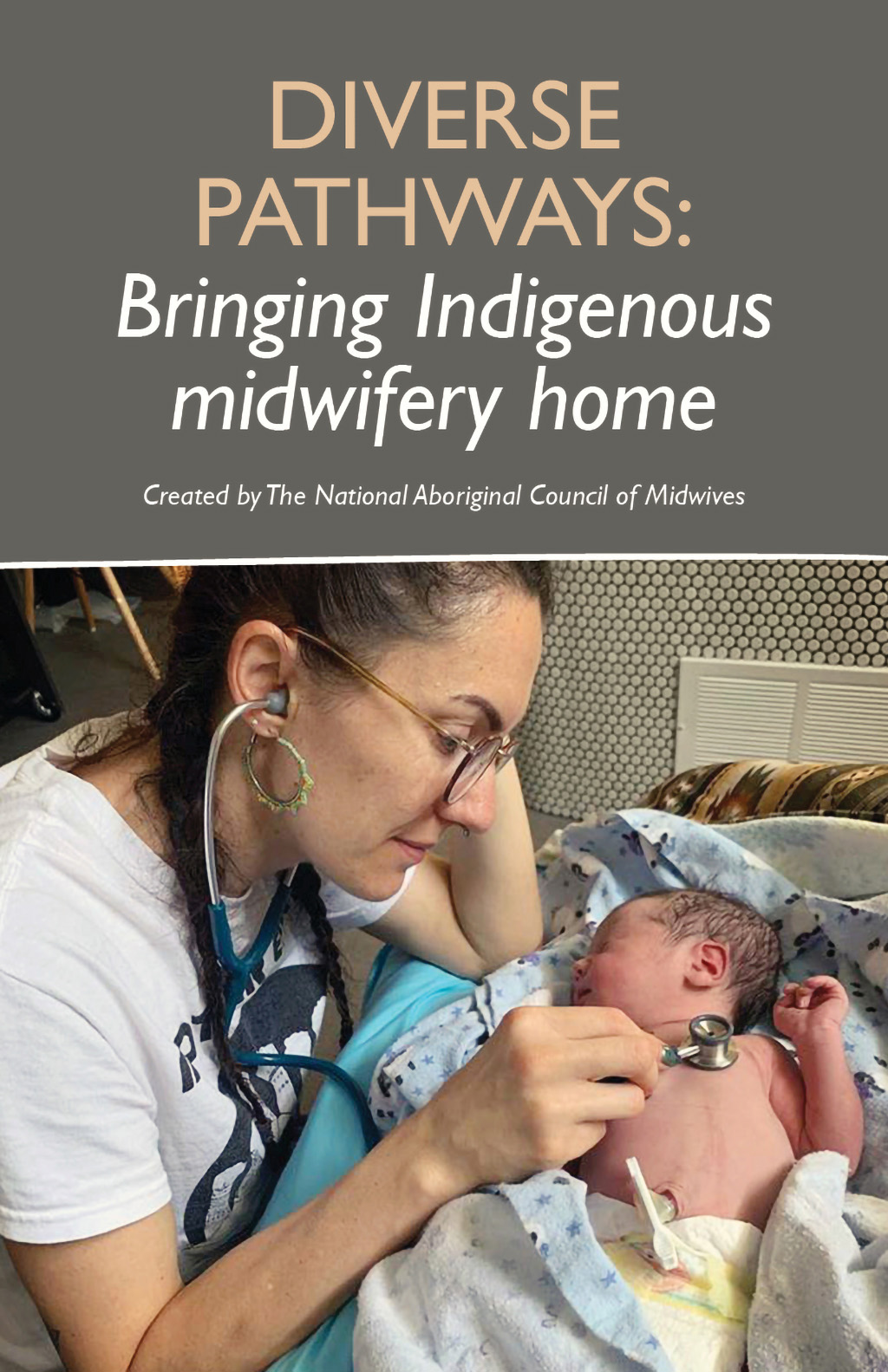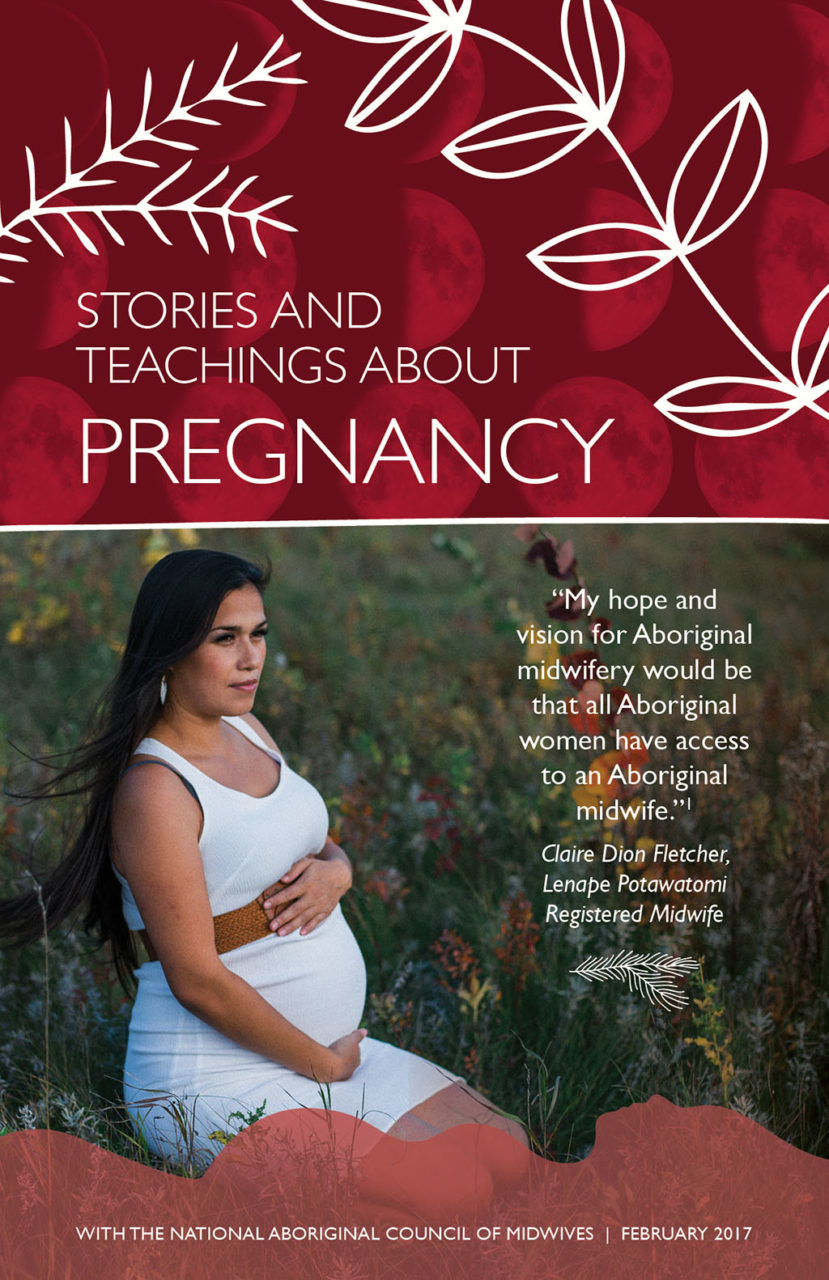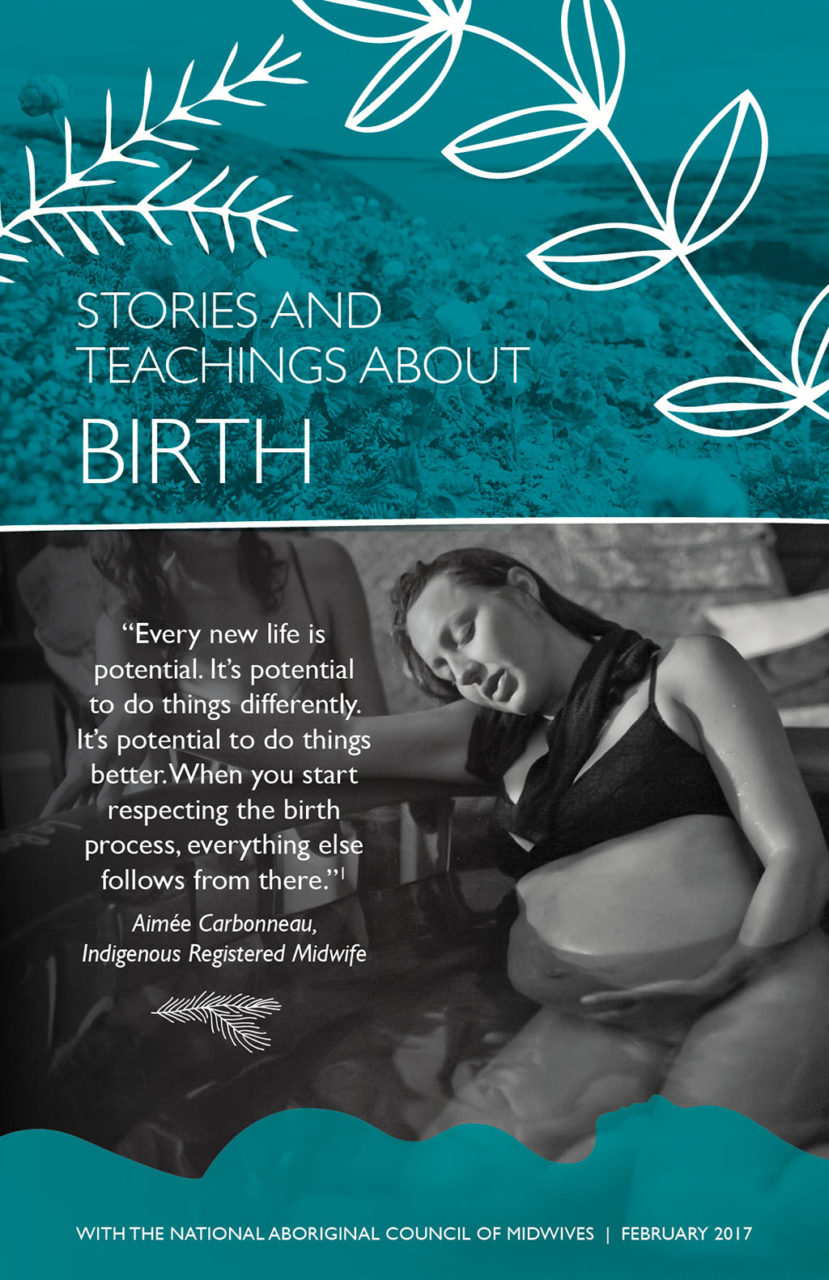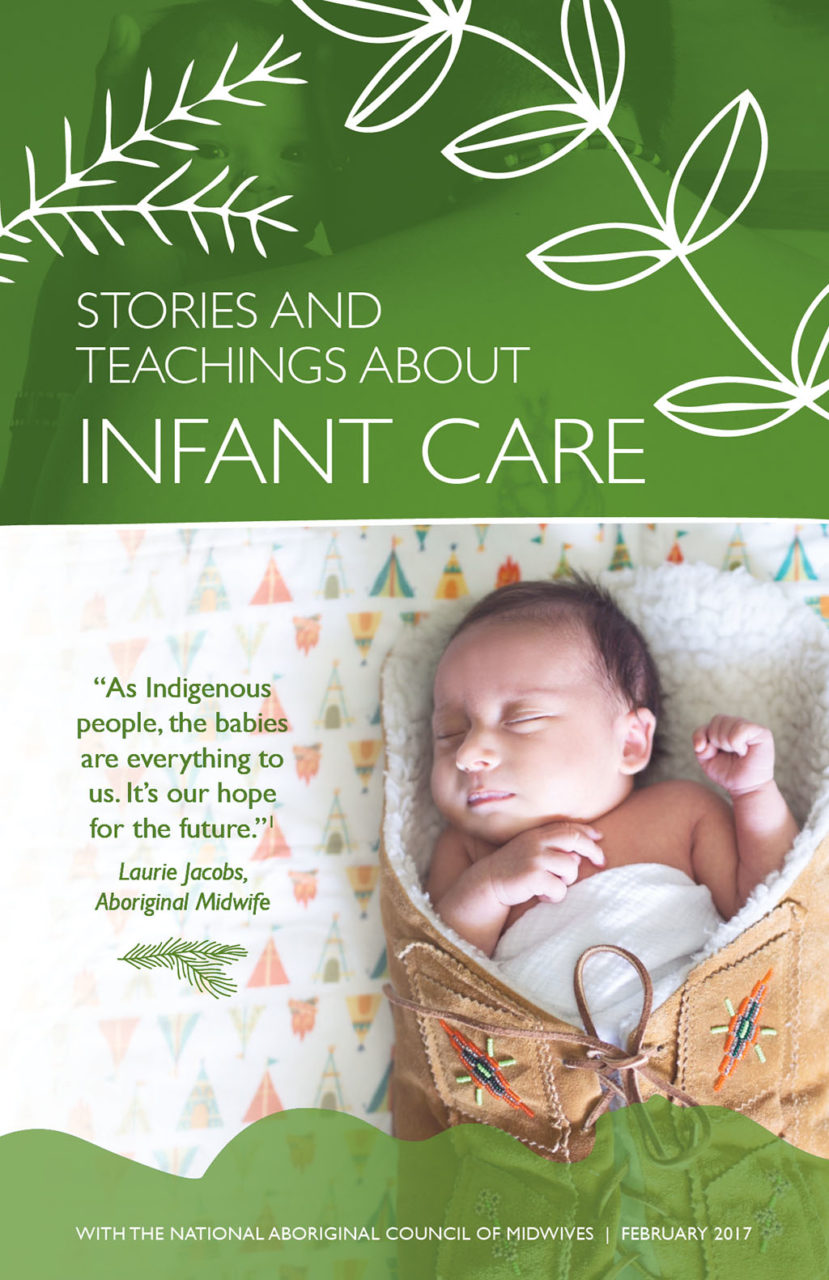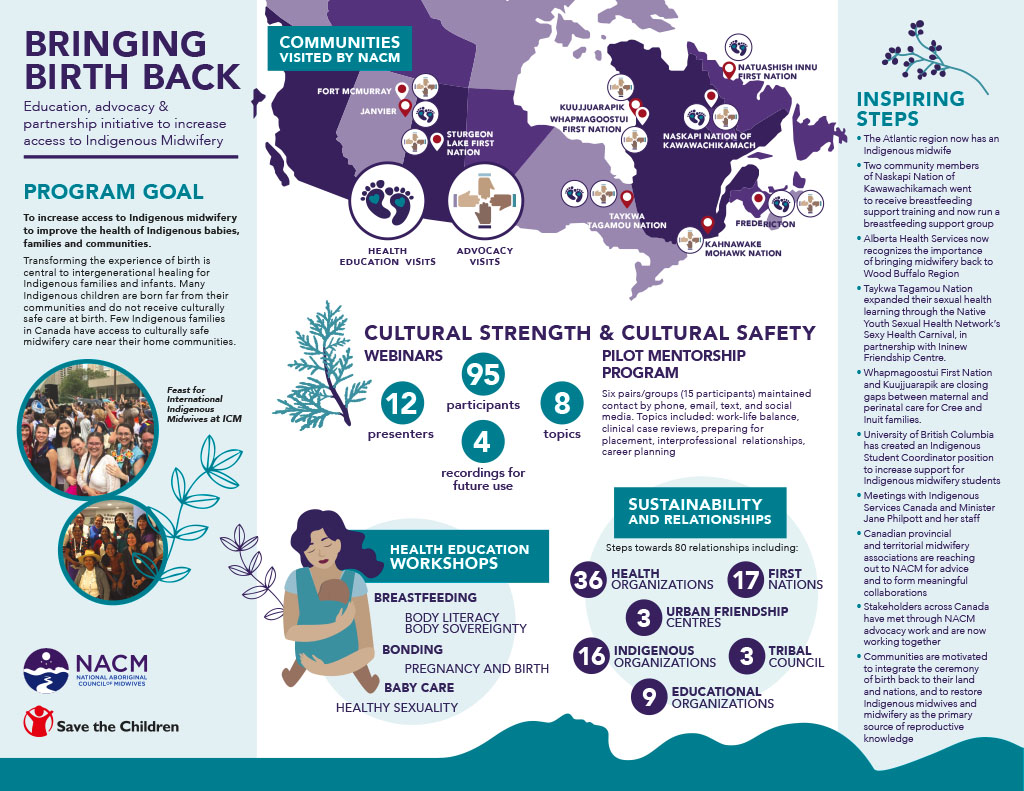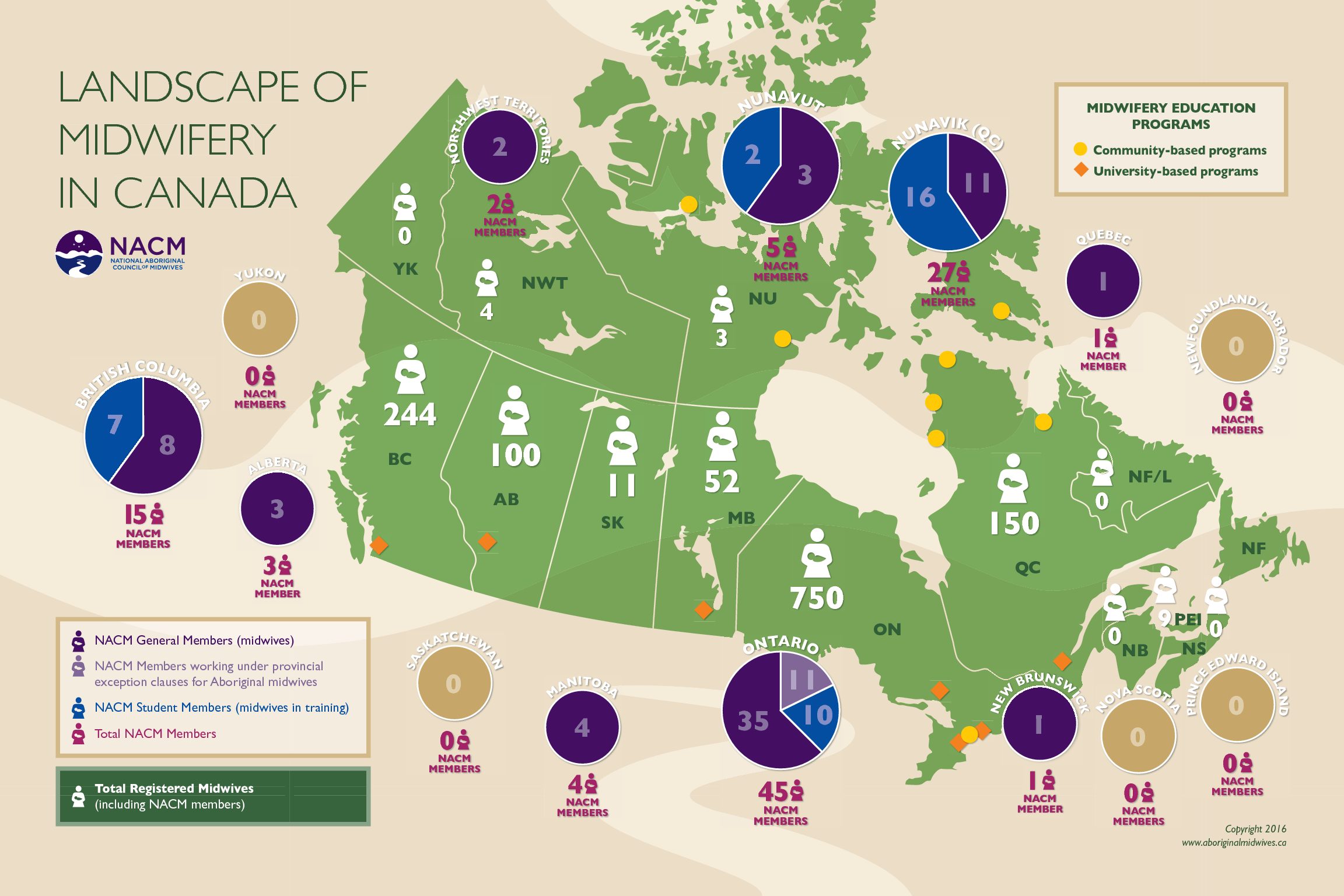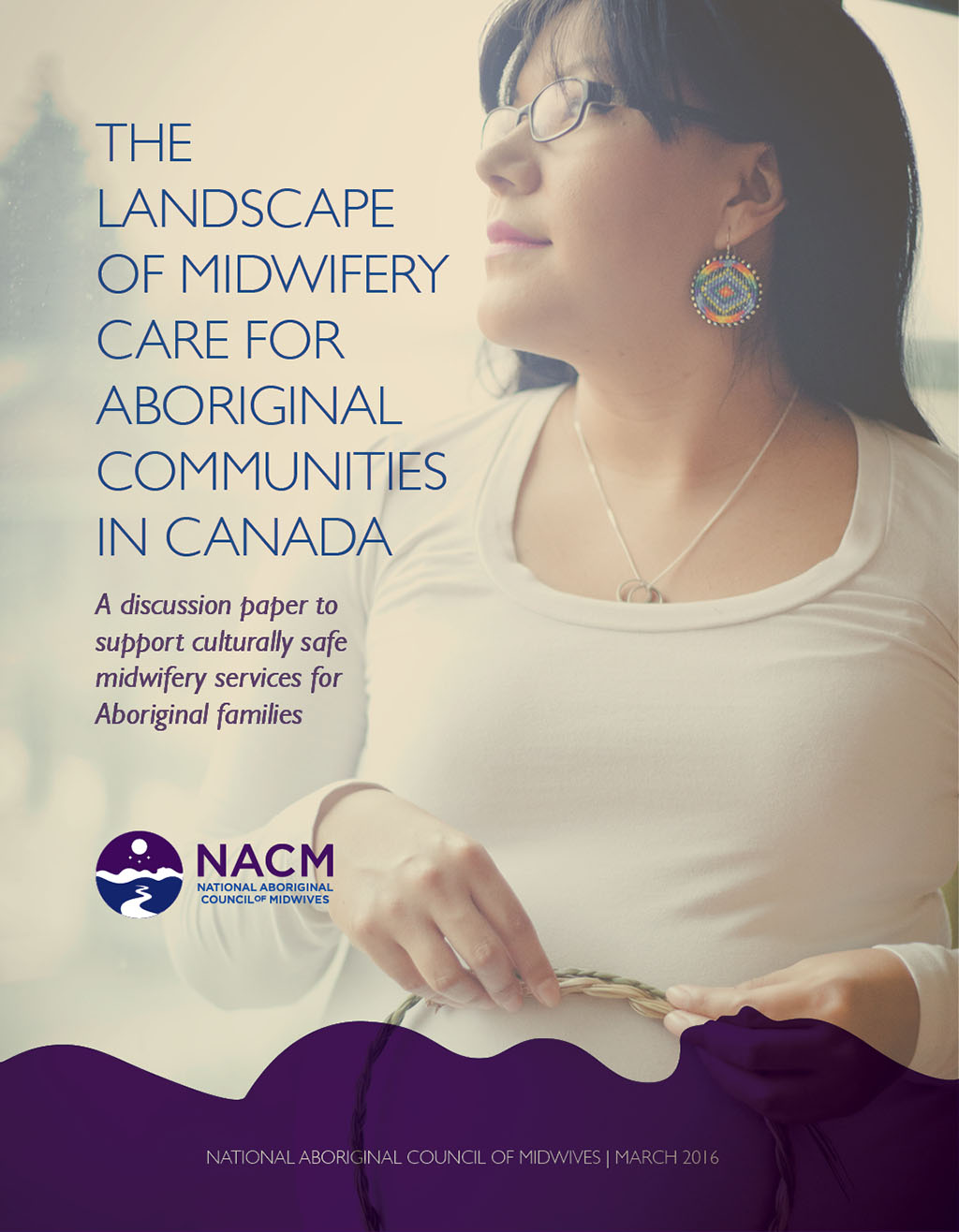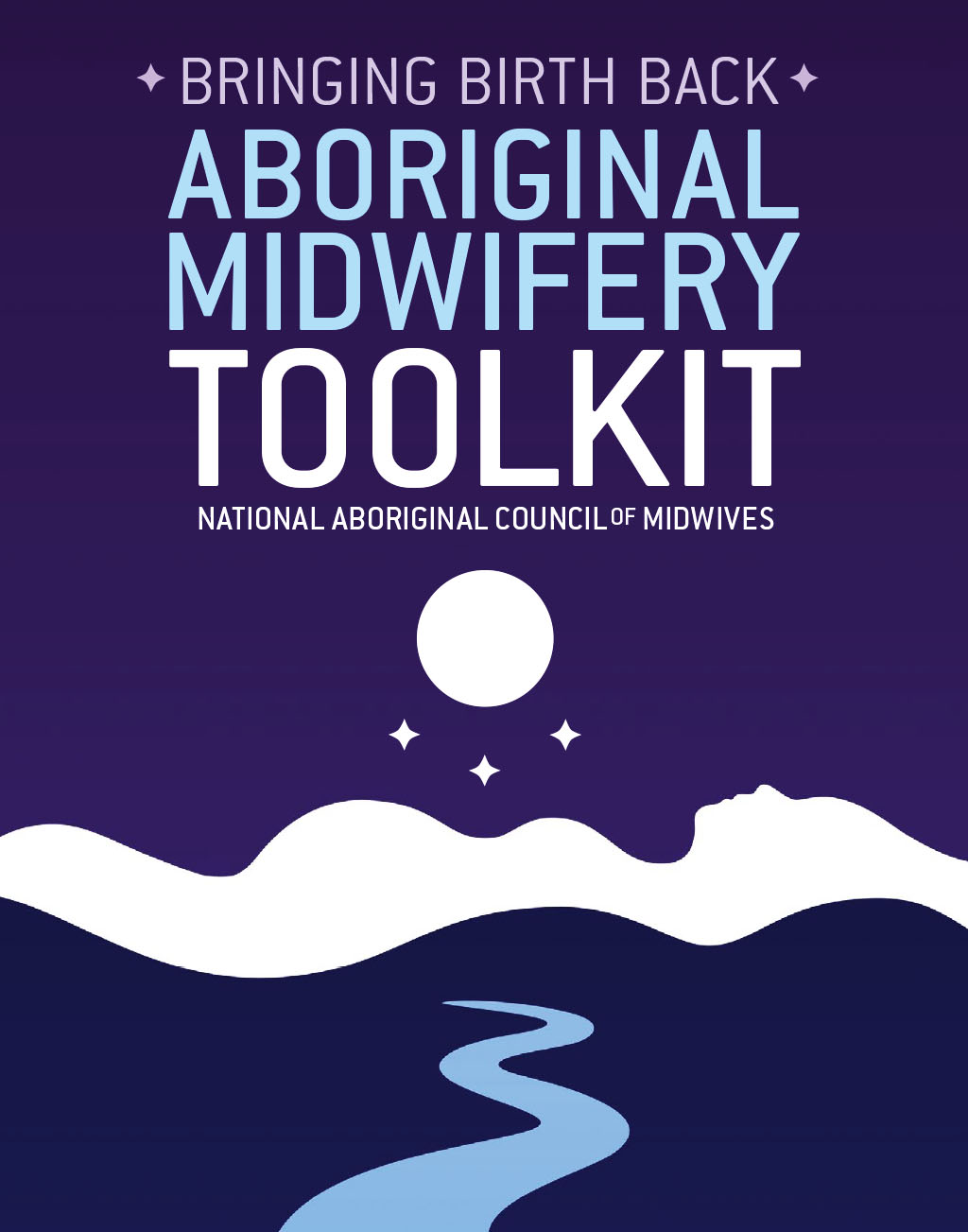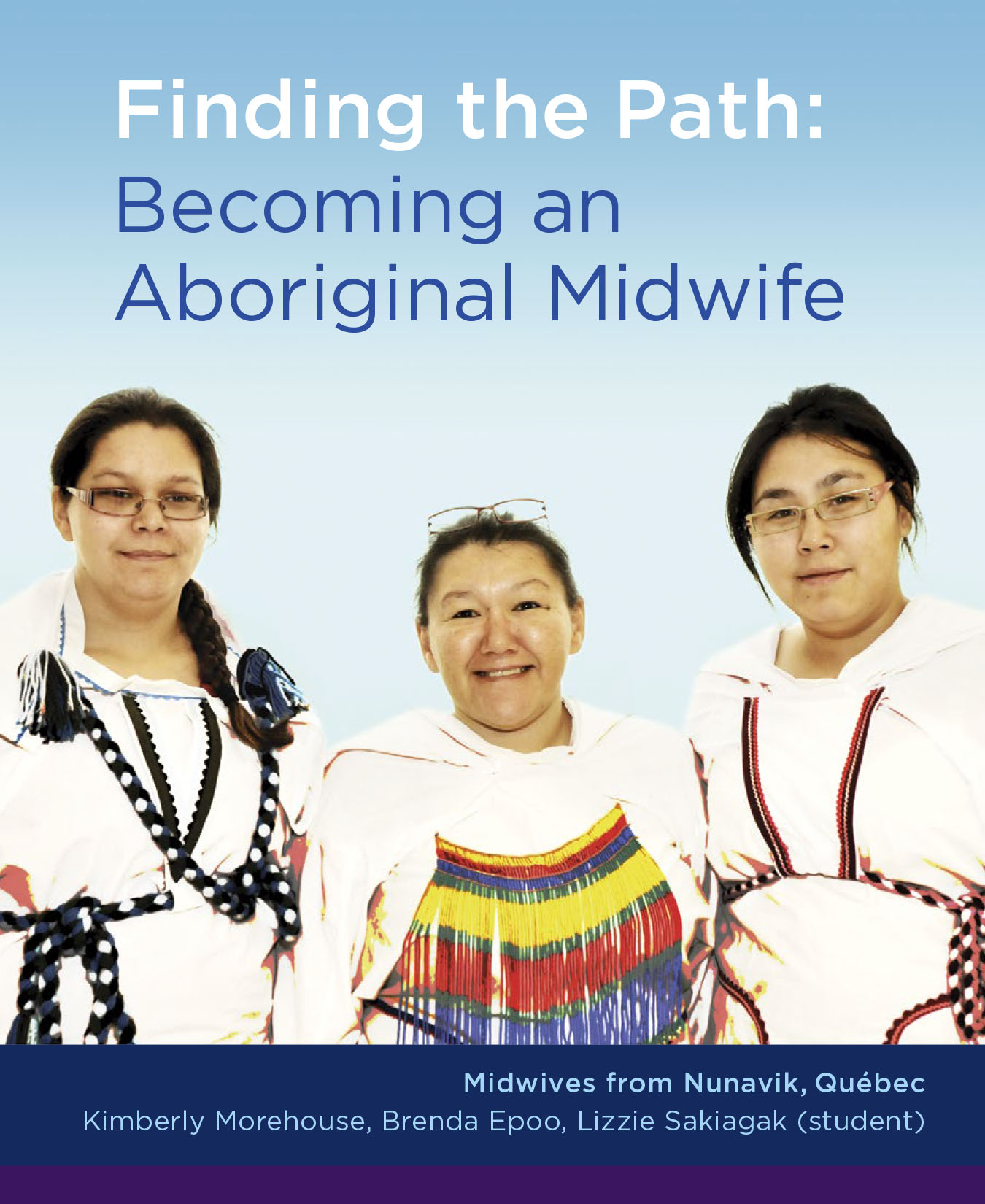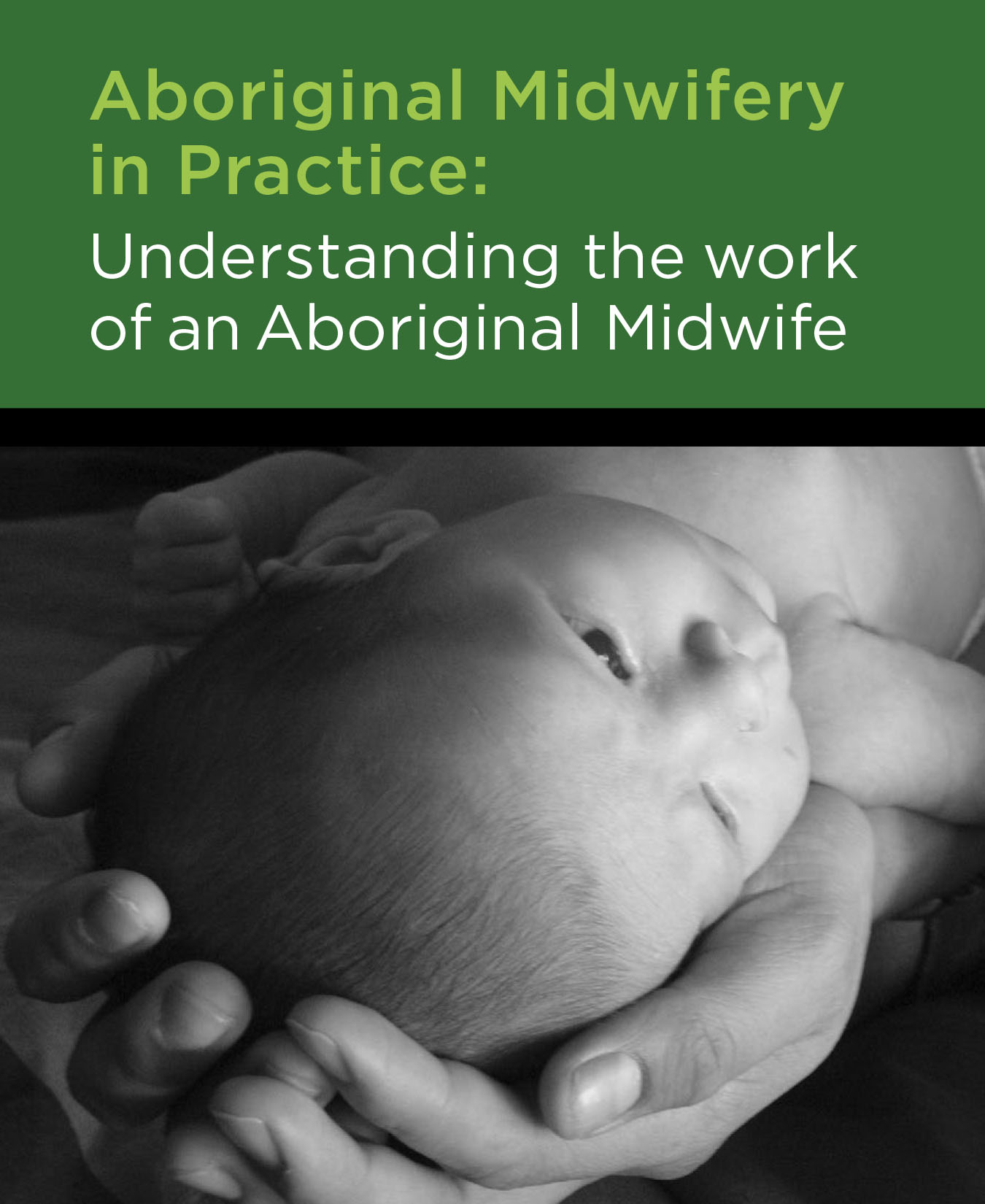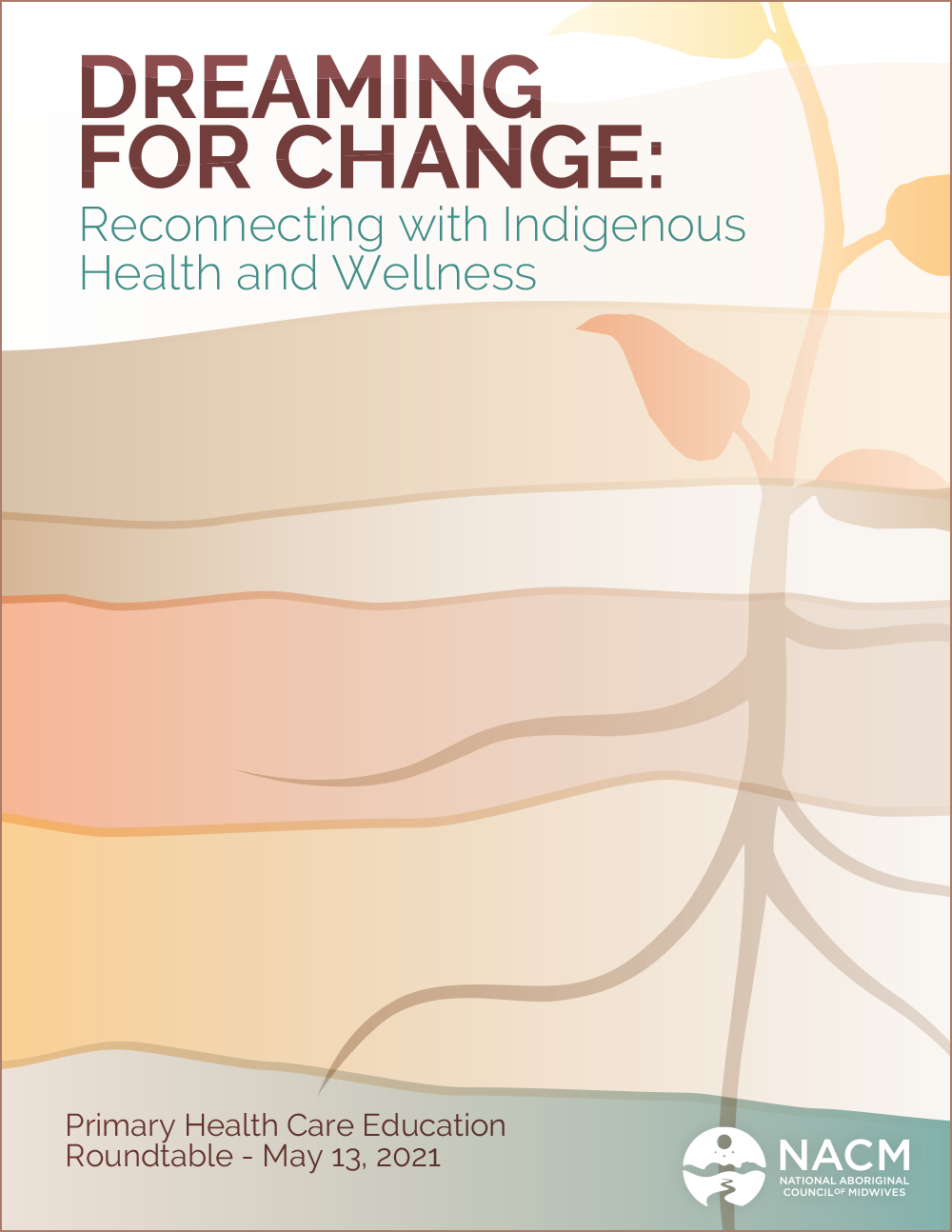
Dreaming for Change: Reconnecting with Indigenous Health and Wellness (Roundtable Report)
The National Council of Indigenous Midwives (NCIM), the Indigenous Physicians Association of Canada (IPAC), and the Canadian Indigenous Nurses Association (CINA) – organized and convened a virtual roundtable on the vitally important topic of anti-Indigenous racism in primary health education in May 2021.
Given that primary healthcare is the cornerstone for an effective healthcare system, as first points of contact within the healthcare system Indigenous primary care providers offered perspectives that were deeply entrenched in fostering engagement and inclusion of community voice, building on community strengths and capacities to provide a holistic understanding of health. PDF >
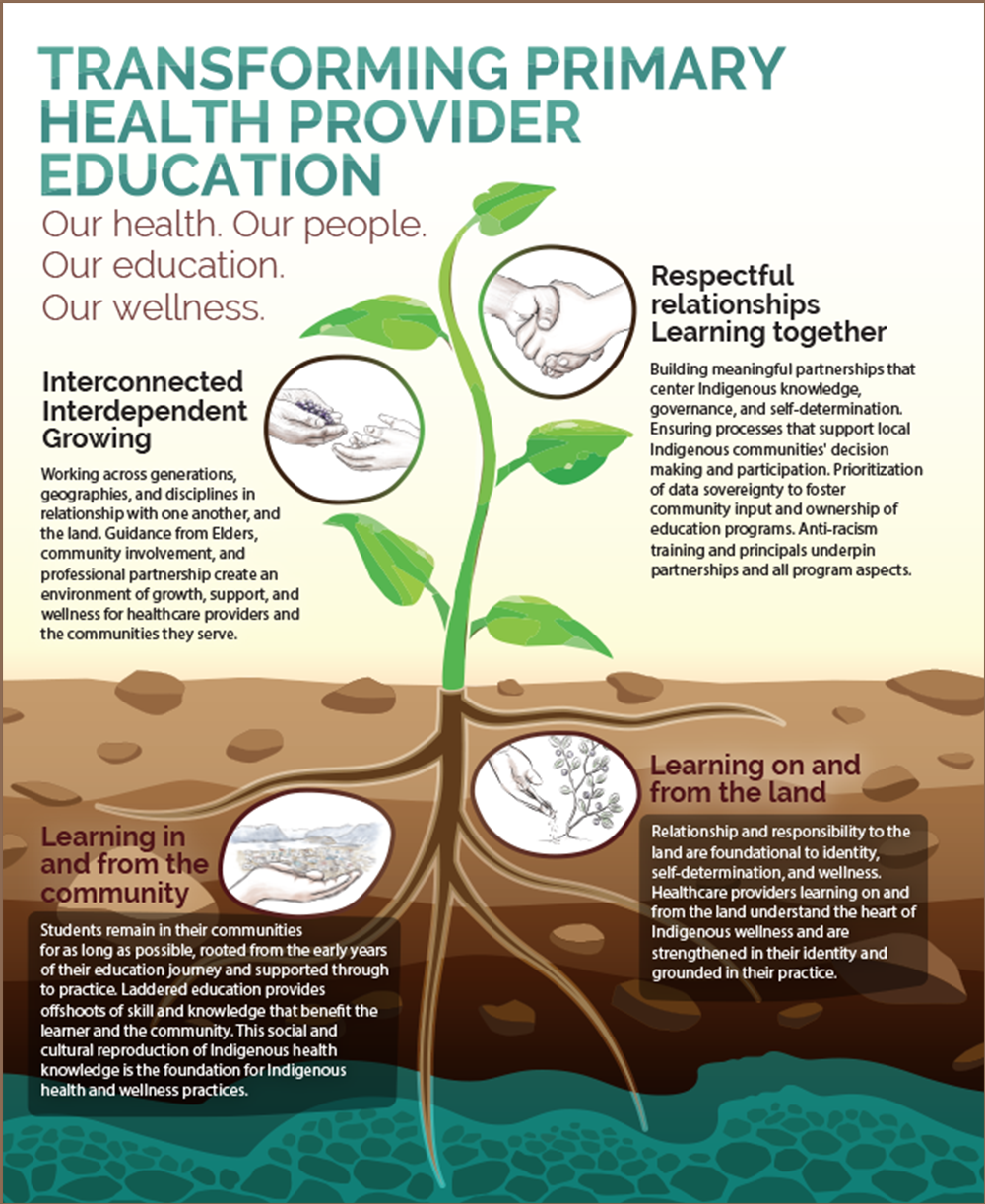
Transforming Primary Health Provider Education (Infographic)
Our Health. Our People. Our Education. Our Wellness. PDF >
Restoring Midwifery and Birth WORKBOOK
This workbook is to help you start the path of restoring midwifery and birth to your community or Nation. It is designed to help you understand and work with some of the issues that are likely to arise and to provide ideas and space for your own reflections. This workbook was inspired by the many communities and Nations striving to restore Indigenous midwifery and birth. Learn more >
Indigenous Midwifery Knowledge and Skills: A Framework of Competencies (2019)
Throughout 2018, NCIM undertook a process to articulate the core competencies of Indigenous midwifery.
Nine core competency areas were identified. Each of these areas were expanded on to identify the associated skills, subskills, knowledges, and abilities.
The intent of this document is to provide a competency framework which can be used to start growing and teaching Indigenous midwifery. Education is an essential part of restoring midwifery to Indigenous peoples across Canada.
This document can be adapted as communities and Nations input their own knowledge, traditions and ways. We hope this this tool will help you recognize and understand the work of Indigenous midwives and that you will support us in our work to reclaim, grow and sustain Indigenous midwifery. PDF >>>
NCIM Community Readiness Guide
This guide is a tool created by NCIM to support Indigenous communities as they re-establish community-based midwifery services. It will be particularly useful for communities who are working through the logistical steps to ensure a viable and sustainable plan. PDF >
Diverse Pathways: Bringing Indigenous midwifery home
A booklet that aims to share some examples of the multiple pathways Indigenous midwives have taken to return midwifery to our communities (2019). PDF >>>
Guided by our Ancestors: Indigenous Midwives and Advocacy
A booklet that explores the role of Indigenous midwives in reproductive justice, rights, recognition and restoration. PDF >>>
Stories and Teachings about Pregnancy, Birth and Infant Care (2017)
These 3 booklets are shared as a set. Indigenous teachings and cultural knowledge from many nations, for the health of our children, families and communities. Beautiful photos donated by Indigenous families.
Bringing Birth Back
An education, advocacy and partnership initiative to increase access to Indigenous Midwifery (2018) PDF >>>
Landscape of Midwifery in Canada
2016 data that was partially updated in 2018 PDF >>>
The Landscape of Midwifery Care for Aboriginal Communities in Canada (2016)
In 2016, the National Council of Indigenous Midwives published four policy recommendations that support culturally safe midwifery services for Indigenous families. Since its publication NCIM has made headway on ALL four recommendations with the Canadian Government:
- Increasing Midwifery Positions in Indigenous Communities
- Out of Region Care – Improving access to care for remote communities
- Hospital Privileges and Limits on Midwifery Care
- Funding for Indigenous midwifery practices in federal jurisdictions
Based on research about how Indigenous midwives are serving our communities. Contains a map of where midwives and NCIM members are located across Canada, case studies of three practices serving Indigenous families, challenges and strengths of Indigenous midwifery practices, and policy recommendations. PDF >>>
Bringing Birth Back Aboriginal Midwifery Toolkit (2014)
NCIM’s Toolkit for Returning Birth to Aboriginal Communities was first printed in 2012 and has been distributed to key people in communities who have reached out to NCIM for support to bring birth back. PDF >>>
NCIM Pamphlets (2012)
Short information pamphlets promoting the profession of Indigenous midwifery.
Finding the Path PDF >>>
Aboriginal Midwifery in Practice PDF >>>
Restoration & Renewal PDF >>>
NCIM is pleased to share these resources for midwives, families, leaders and policy makers.
PDFs of these resources can be downloaded for free — in exchange, we ask that you email us to tell us what community or organization you are from and why you are interested in the publication.

